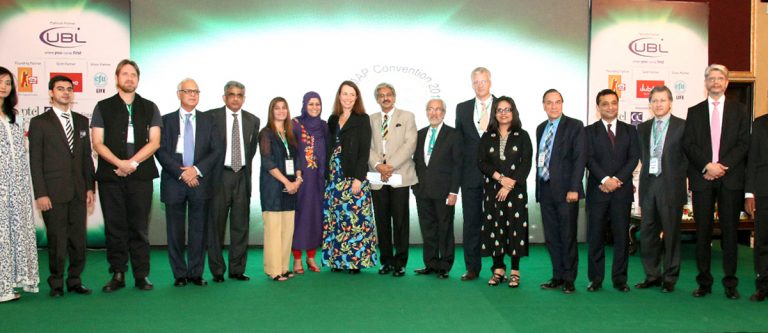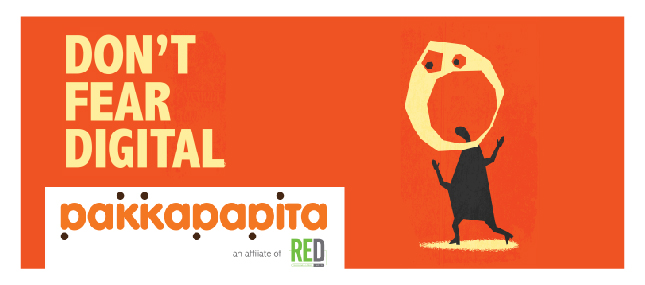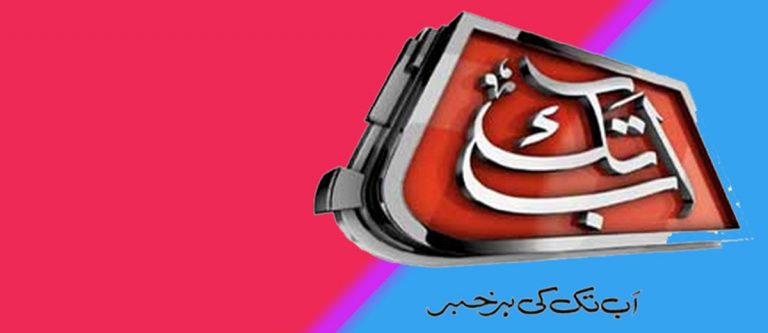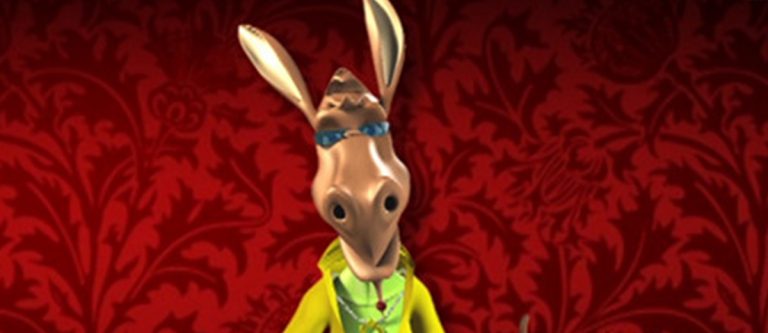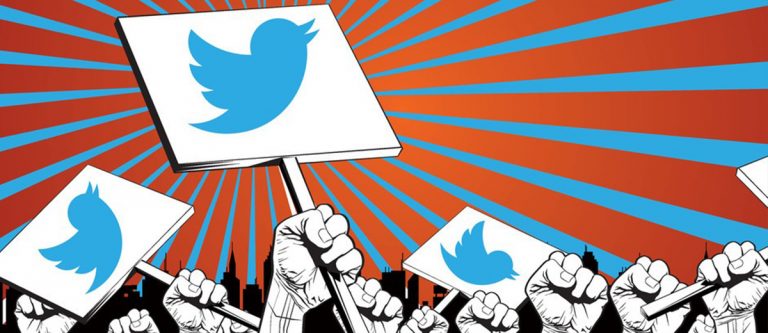Zia Ul Islam Zuberi Head of Communications & Government Affairs Siemens (Pakistan) Engineering Company highlights the role of Public Relations and the need for proper strategy when managing a crisis.
Synergyzer: What are the media outlets that the corporate sector utilizes when formulating and communicating information to the society at large? How does the process work?
Zia Zuberi: It depends from one company to another. Some companies have full-fledged communications departments so they do not require external help except when placing advertisements. Large scale global companies do not consider outsourcing as it requires top management to discuss confidential matters with their communication agencies. Whenever required, outsourcing turns out to be a lengthy process and the appointment of a PR agency is in itself a long and time consuming affair, and the wrong selection can have disastrous consequences.
Once an agency is selected, its performance will be in direct proportion to the briefing it receives. A lot depends on the organizational goals whether the company want a press agent or a strategic partner. According to the norms in Pakistan, press agents are mostly hired as press clippings still carry a lot of weight in our market for local companies.
On the contrary, in large global companies, the emphasis is on strategic planning and issues management. Also, if the PR person is able to gain the top management’s confidence, he or she may be included in mapping out the future course of the company.
If the PR person is able to influence the top management in carving out future action plans, then the level attained would eventually be a pinnacle of success.
However, reaching the masses depends upon the company’s goals. From social media to newspaper advertisements and billboards; the canvas for communication has become almost limitless depending upon the budget.
Synergyzer: What is the role of the External Communications department?
Zia Zuberi: There are different names for the same department in different companies. Some still prefer using the outmoded term, PR Department; some label it as Corporate Communications while others call it External Affairs. However, the role depends on the ability and reason for creating the department. If it was created in response to any threats like labor strikes, product related damages or negative legislation; it will lose its clout once the crisis has passed. On the other hand, if it is created as a result of a futuristic approach and strategic vision to communicate with the company’s different stakeholders, only then the department will grow with time.
An example is the PR department created by Fred Hassan in Sandoz Pakistan in 1982 after he took over as CEO of the company. Sandoz had been in the red for 16 years. Fred made PR a strategic partner as part of the company’s future planning, along with other strategic decisions, which resulted in a turnaround in the very first year of his takeover and continued for the three years that he was associated with the company. When he left, Sandoz was among the top four pharmaceutical companies of the country.
Now Fred is recognized as the turnaround person in USA for having brought a revolutionary change in major corporations like Wyeth, Schering & Plough and a host of others. He believed in the value of good strategic planning and communication and personally, those three years I worked with him are the essence of my professional life.
Synergyzer: In case of a crisis, how does the procedure work? Does the role of External Communications gets enhanced in any way?
Zia Zuberi: It all depends on the placement of the External Communications department in the company hierarchy. If the department head is working alongside the decision makers as their strategic partner, then he or she will propose a way forward in consultation with legal and compliance departments as well as guide the top management in handling the crisis in an ethical, responsible, legal and effective manner. From circulating a holding statement – a standard statement for all media – to answering media inquiries he or she would be able to take control through proper consultation to avoid mistakes. Otherwise, in a scenario where the Communications head is not in a position to call the shots, they will find out about the crisis from their friends in the media and end up pushing press releases written by others.
In a crisis situation, internal communications assumes as much importance as external communications: Well informed employees become an asset for the company and get everyone to speak in the same voice, which is the golden rule to follow in a crisis situation. Even in ordinary days, communicators have a 24/7 job but during a crisis situation, they have to ensure media is able to access them easily with no reports saying that they could not be contacted for a comment.
Every crisis is also an opportunity. The communications person can enhance their position by successfully handling the crisis at a time when all eyes in the company are watching developments, however, a blunder at this stage can also ruin their career.
A big crisis such as a plane crash or leak of atomic waste requires an elaborate set up including hot lines for relatives of affected people and timely information to media. It will involve several departments working under the umbrella of crisis management. In organizations with proactive policies, such a crisis management structure exists beforehand and simulation exercises are held to ensure a timely and professional response mechanism. In Sandoz we used to have these exercises. I also attended one such exercise in Istanbul where I got a chance to see how our affiliate company there prepared for a crisis.
Synergyzer: What role does a Public Relations agency play for the company in case of a crisis?
Zia Zuberi: If this important function is outsourced and the appointed PR firm has been working as a strategic partner for some time, it can help with as much effectiveness as an in-house department in the company. Agencies have the benefit of human and material resources that internal departments cannot match. An example can be of Mediators who worked very effectively with HUBCO in their dispute with the government.
Synergyzer: A number of times, corporations are seen either turning a blind eye to accusations or negate instances that have already attracted fury from public and social spheres. Do you think this is the right way?
Zia Zuberi: Turning a blind eye to accusations based on facts or putting a spin on facts is a recipe for total disaster. This is generally born out of a mentality that things will eventually go away and that the public has a short memory. Both assumptions can be catastrophic for an organization.
An example of The Three Mile Island nuclear disaster can be related to how not to respond to a crisis situation. March 28, 1979 witnessed a partial nuclear meltdown in one of the nuclear reactors in Dauphin County, Pennsylvania, United States. As the officials initially refused to respond to the issue, it resulted in different versions of the story being told via plant employees. This resulted in negative PR for not just The Three Mile Island, rather the nuclear industry as a whole and is still regarded by the public as suspicious.
The Exxon Valdez Oil Spill turned out to be another example of a poorly managed crisis situation that occurred in Prince William Sound, Alaska in March 1989. The almost 750,000 barrels of crude oil spilled by Exxon Valdez, an oil tanker bound for Long Beach, California, when it struck Prince William Sound’s Bligh Reef is still considered to be one of the most devastating human caused disasters. While the Exxon chairman was in New York busy in other matters, the public was watching TV news clips of animals in Alaska covered with oil and eventually dying, thanks to Exxon. By the time the chairman made it to the affected site, his actions were viewed as too little and too late. The news clip of the Chairman being on the accident site was shown at an international PR conference later on in Johannesburg, South Africa as an example of how not to give an interview.
He was poorly briefed and had no idea of the amount of wildlife loss and damages. Hence, it is important for the media spokesperson to be briefed properly.
On the other hand, Johnson & Johnson’s cyanide laced Tylenol capsules was another matter of great concern which resulted in the deaths of seven people following which the company recalled $100 million worth of 31 million Tylenol bottles in 1982. Not only did the company associate itself in a mass recall but also ceased all production and advertising of the product. It also got involved with the Chicago Police, FBI, and FDA and offered a reward of $100,000 to anyone who helped find the killer. Post crisis, Johnson & Johnson reintroduced Tylenol with a tamper resistant packaging. As a result, the Tylenol case is a case study in MBA classes worldwide and Tylenol’s response to the tragic 1982 Chicago murders is regarded as one of the most successful sequences of crisis management in history. The media appreciated the lengths J&J went to and its concern for the public interest, so the company was portrayed generally in a good light, helping the Tylenol brand to recover.
Synergyzer: Can you tell us how any particular scenario could have been handled differently?
Zia Zuberi: Before I do that, allow me to tell you what really results in bad repute for any entity: lying and covering up. The basic rule of crisis management is to become the source of information for all news related to the crisis and that can only happen if the entity establishes its credibility. If caught in lies, the media will find other sources. Once the entity has gained credibility, the media can be taken into confidence about steps the entity proposes to take so that such incidents do not happen in the future.
What has happened cannot be undone but the negativity can be reduced by spelling out steps to prevent reoccurrence. An essential factor is speed in a crisis situation. If entities do not respond speedily; taking steps to overcome the situation in a reasonable period of time, they can irreparably damage their image.
The Challenger Space Shuttle Disaster is remembered through history by the space exploration industry due to the shuttle’s explosion just after 73 seconds into flight in January 1986 killing seven people onboard. American Apparel mistook the picture of the disaster as an image of fireworks thus uploading it through their Tumblr account. Shortly after that the company apologized and the blame was put on an ‘international employee’ born after the incident; which ended up raising questions regarding his whereabouts and about American Apparel’s other outsourced departments.
A much better response would have been for the top management to take full responsibility for the post instead of throwing a junior employee to the wolves. Many people wonder how a junior employee could find a picture and ignore its description. This has led to speculation that the post was intentional to draw attention and become visible, which again was poor tactics if this was the case.
Synergyzer: What role do news media outlets play in containing crisis being faced by any company?
Zia Zuberi: I think they do just the reverse. Their nature of work requires them to not contain crisis, rather let the world know what is happening. This is why it is important to bring out facts at an early stage so that your news does not feed ’Breaking News’ through facts discovered by media that were to stay hidden from them, initially. Once everything is out in the open with no dark secrets to be discovered, the media will move on to greener pastures. On the other hand, if you have a long and trusted relationship with media you can use that to contain damage and become their ally instead of an adversary.
Synergyzer: What are the ethics for corporate crisis management?
Zia Zuberi: Truthfulness is the basic ethic for crisis management. It is important to tell the full truth as far as possible; yet the protection of individual rights, pending lawsuits etc. sets borders to how much of the truth can be brought to the public eye. The “Code of Athens” – an internationally accepted document – says that a PR professional, “Will not subjugate the truth to other requirements”. The code also highlights that such a professional will not circulate information which is not based on established and ascertainable facts.This, together with local laws on disclosure of information, sets the guidelines for crisis communication. In a western country, for example, you cannot release the name of fatalities unless the next of kin has been informed. In Pakistan there is no such law, hence the next of kin sometimes hears such tragic news from the media. It is necessary that PR professionals here should also adapt this practice and withhold names of fatalities till the next of kin has been informed.
